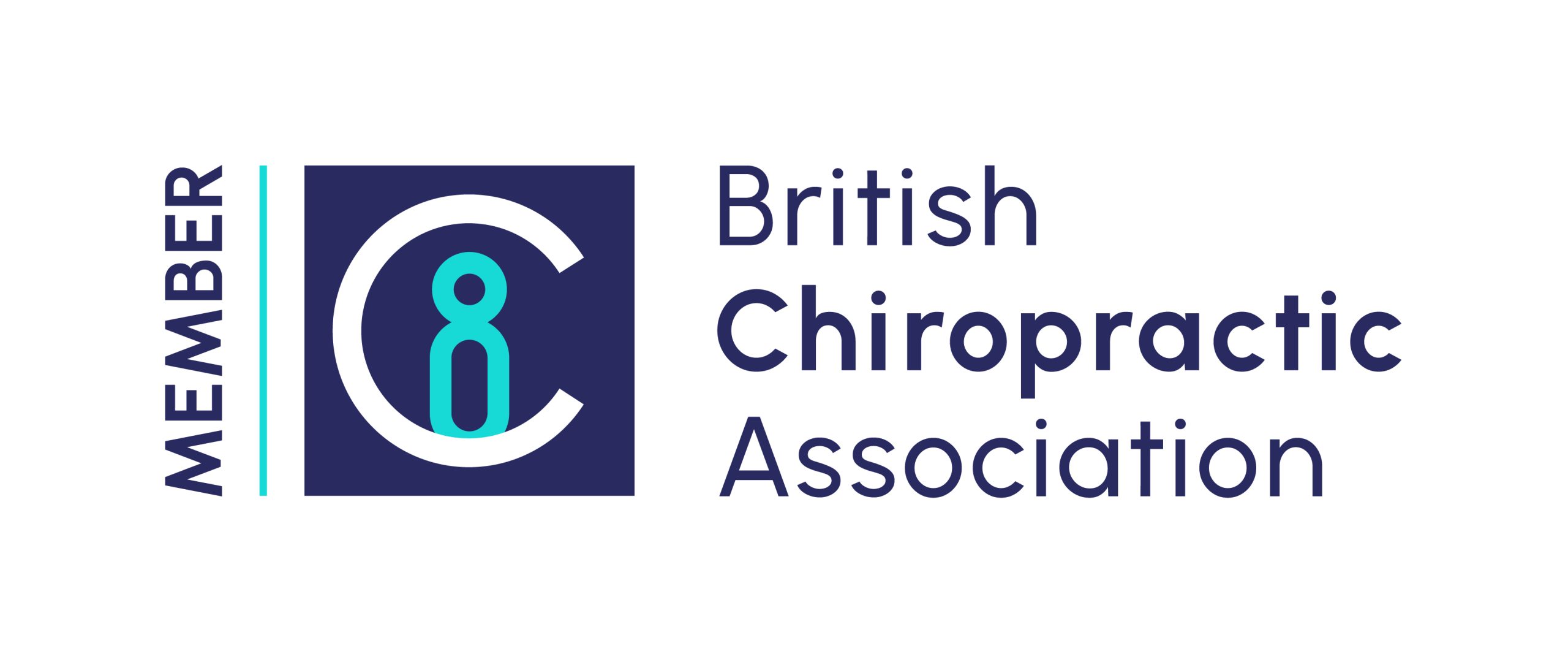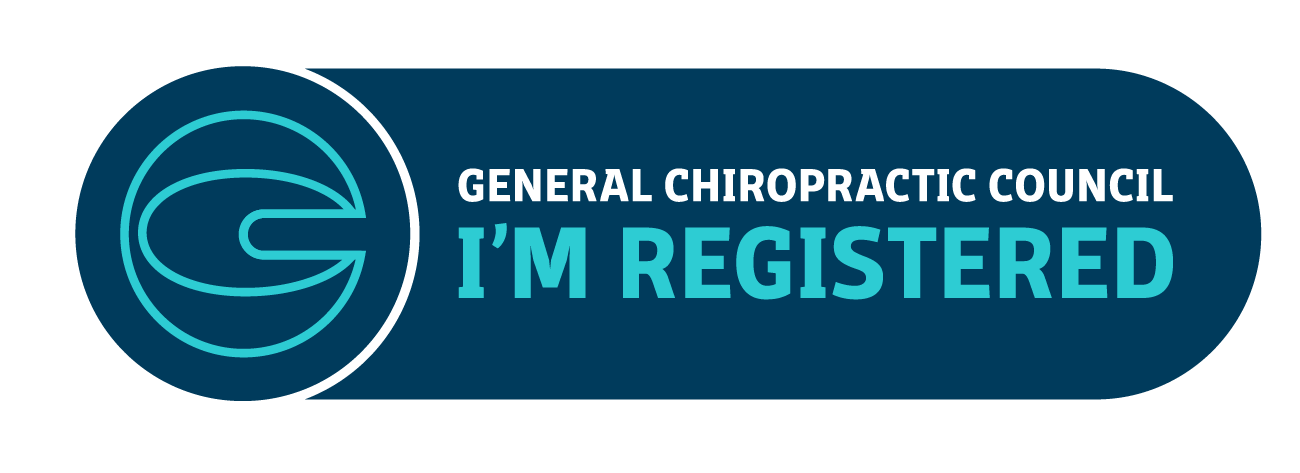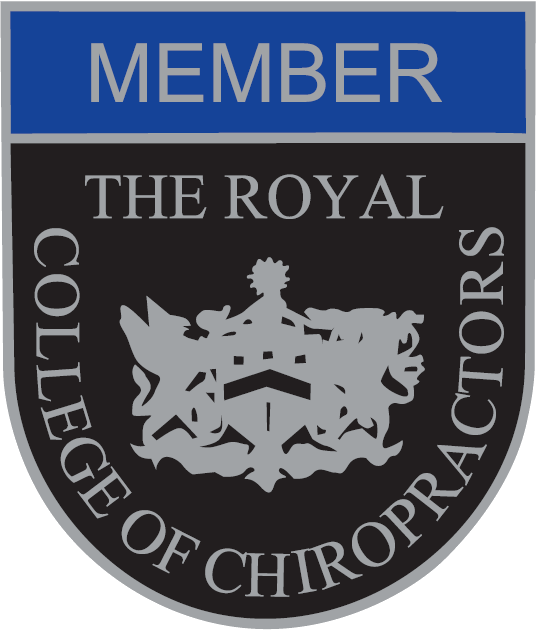Countless adults suffer from work-related aches and pains. However, one of the most common involves discomfort and soreness within the neck. The main problem here is that significant levels of neck pain can lead to seemingly unrelated issues such as headaches, eye strain and stiffness throughout the shoulder girdle. In order to appreciate how this type of pain can be alleviated, it is first wise to examine the different types of discomfort that the majority of office workers will experience from time to time.
Neck Pain: More Than Meets the Eye
One of the most troubling (and annoying) aspects of neck pain is the fact that it can manifest in many different forms. In other words, your discomfort may be entirely unique when compared to a co-worker. There are still a handful of common symptoms which should be briefly highlighted before moving on:
- Muscular pain due to over exertion or chronic stress.
- A sudden muscle spasm of the neck.
- Headaches related to pain in the neck area.
- Facet joint pain (discomfort between the vertebrae of your neck).
- Pinching or tingling (resulting from nerves within the neck).
- Pain in other parts of the body (known as “referred” neck pain).
We can now see that neck pain comes in a variety of shapes and sizes. So, what are some practical steps that can be adopted within an office environment in order to avoid such troublesome situations?
How to Effectively Manage Neck Pain in the Office
Many experts feel that poor posture is often the culprit of chronic neck pain. The good news is that there are several office habits which can be adopted in no time at all. First and foremost, make it a point to sit up straight when working at your desk. Obtaining an ergonomic chair with neck support can be a wise choice. Sedentary work situations can also cause neck discomfort. Try to stand up and walk around for at least ten minutes each hour in order to loosen the muscles associated with your neck, shoulders and back.
Another useful tip involves performing basic exercises intended to stretch the neck muscles. Slowly rotate your head in a 360-degree fashion clockwise and counter-clockwise. You may even try placing your hands behind your head and gently pulling your chin to your chest. This will help to elongate the muscles found within your neck. When speaking on the phone, avoid leaning to one side or placing your chin on your shoulders. It is also wise to ask for a hands-free headset in order to avoid such movements.
Adopting a Proactive Mindset
Above all, always make it a point to pay attention to even the most minor neck pains. These could very well be signals that something is out of balance. If you are able to appreciate the primary symptoms of discomfort, they will be much easier to rectify. On a final note, be sure to speak with a professional if this pain continues for extended periods of time.
If you are experiencing problems relating to your neck, give our clinic a call on 01962 861188 and arrange your initial consultation today!










